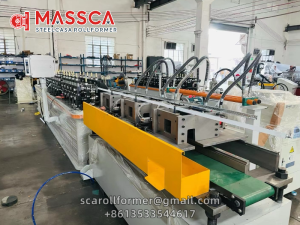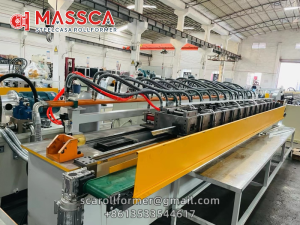In modern ceiling installations, the Main T grid (main runner), Cross T grid (cross tee), and wall angle (perimeter trim) work together to form a stable, well-structured framework—each with unique but interdependent roles:
Main T grid: The “backbone” of the system. These long, T-shaped metal strips run parallel along the ceiling, spaced 1.2–1.5m apart. Supported by hangers from the building’s structure, they bear the total load of the ceiling, including cross tees, panels (gypsum, aluminum ceiling panels), and fixtures like lights or vents. Their height is adjustable via hangers to ensure a level base.
Cross T grid: The “connecting links”. Shorter T-shaped strips they run perpendicular to the main runners (30–60cm apart) and clip onto their flanges, creating a grid. They distribute weight evenly to the main runners and secure panel edges, preventing sagging or shifting.
Wall angle: The “edge anchor”. L-shaped strips fixed to surrounding walls (flush with main runners) enclose the framework, stabilizing runner ends and hiding gaps between panels and walls—blocking dust and improving appearance.
Together, they follow a simple logic: wall angles set the boundary, main runners form the load-bearing base, and cross tees refine the grid. This design ensures stability (resisting vibration or temperature shifts) and a uniform base for panels, making it essential for flat, safe, and neat ceilings in spaces from offices to homes.
Categories
- Uncategorized
- Steel Structure Machine
- Roof Cladding
- Racking and Shelving Roll Forming Machine
- Other Roll Forming Machine
- Optional Devices
- Metal Roofing Machine
- Metal Processing Equipment
- Metal Ceiling Machines
- Highway Engineering Machine
- Electric Industry Roll Forming Machine
- Door and Window Machine


